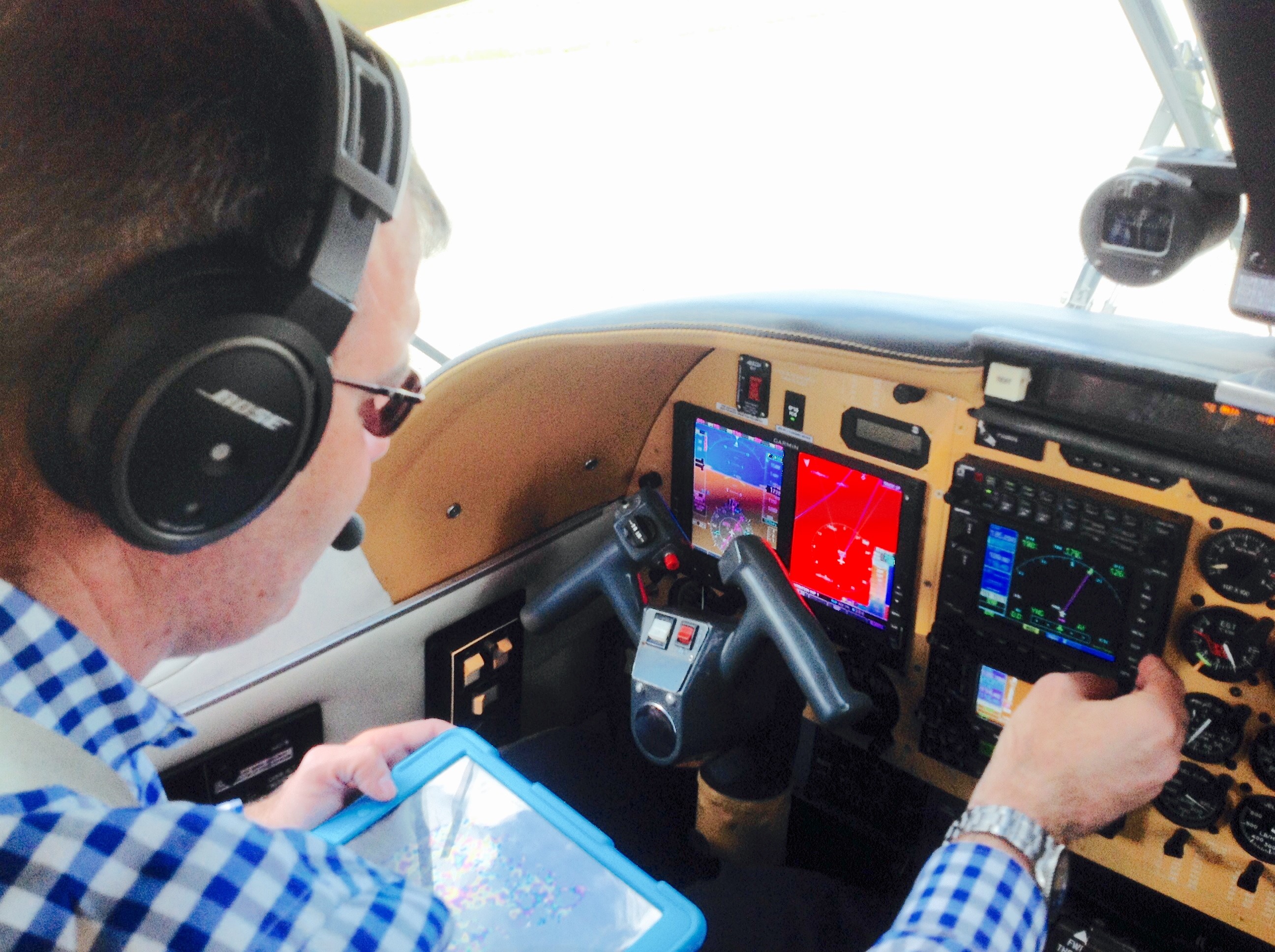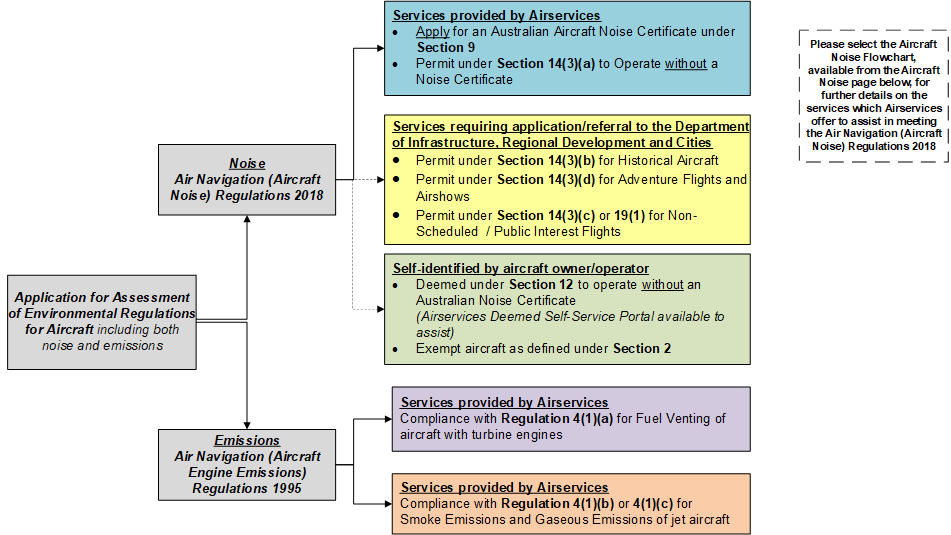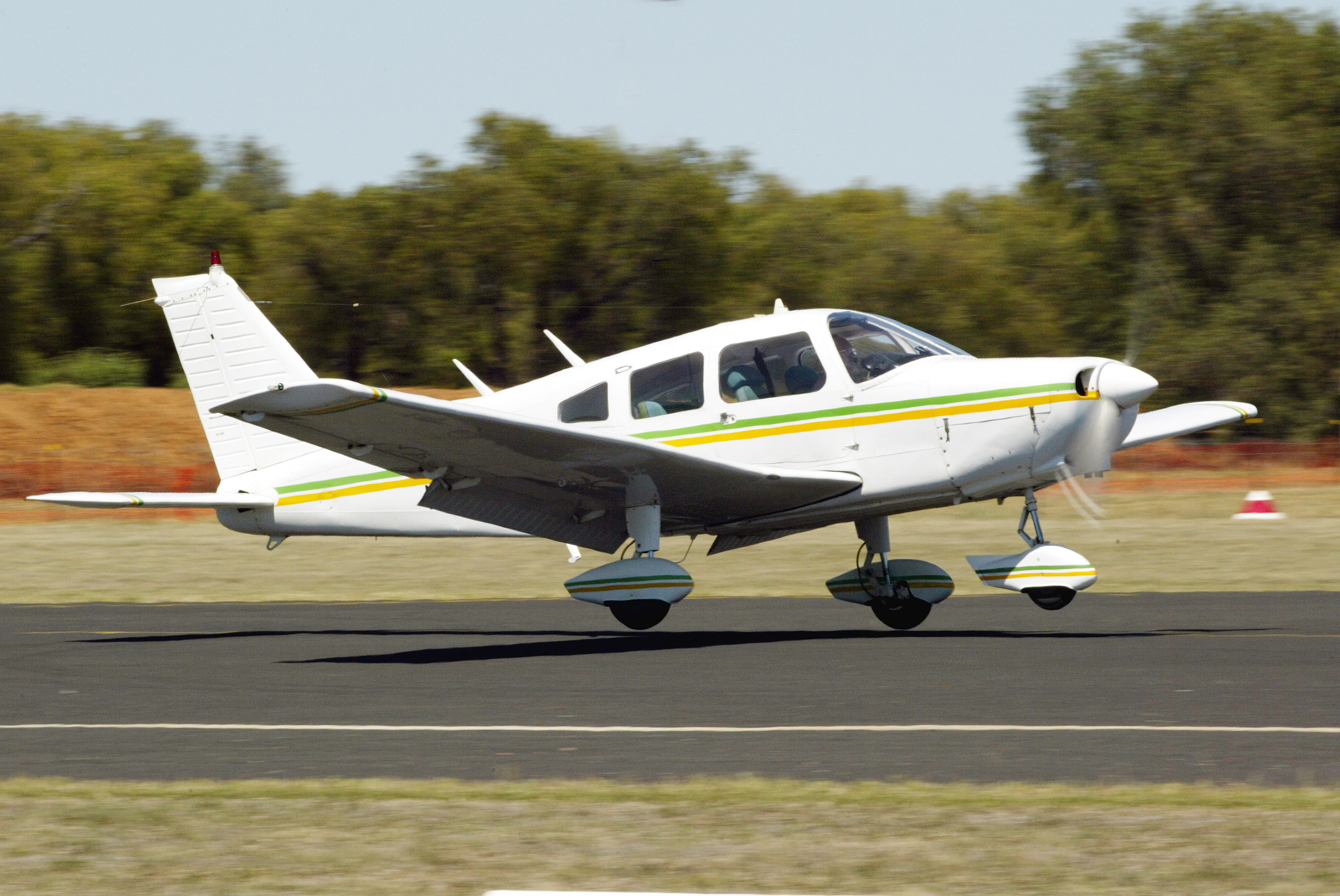Environmental regulations
For Aircraft
We assist the aviation industry to meet Air Navigation (Aircraft Noise) Regulations and to identify aircraft that meet the Air Navigation (Aircraft Engine Emissions) Regulations 1995 (Regulation 4) through existing international certification.
All civil aircraft operating in Australia are required to comply with the Air Navigation (Aircraft Noise) Regulations 2018 and Air Navigation (Aircraft Engine Emissions) Regulations 1995 regardless of size, purpose or ownership.
As an aircraft operator/owner you have responsibility to ensure your aircraft meets these regulations. This is usually achieved by your aircraft meeting the standards outlined in either:
- International Civil Aviation Organisation Annex 16 – International standards and recommended practices, Environmental protection, Volume I – Aircraft noise and Volume II – Aircraft engine emissions
- Code of Federal Regulations, Title 14: Aeronautics and Space, Chapter I – Federal Aviation Administration, Department of Transportation, Subchapter C – Aircraft, Part 34 – Fuel Venting and exhaust emission requirements for turbine engine powered airplanes, and Part 36 – Noise standards: Aircraft type and airworthiness certification.
We can assist you to meet these requirements by identifying which of the sub-regulations, outlined below, apply to your specific aircraft.



Ensuring compliance
with environmental regulations for aircraft
We recommend you confirm your aircraft’s compliance with the aircraft environmental regulations if you:
- purchase a new aircraft
- add an aircraft to the Australian Civil Aircraft Register
- operate an aircraft that has previously been assessed in accordance with the Air Navigation (Aircraft Noise) Regulations 2018 but has been modified in any way, which may affect its noise characteristics
- operate an aircraft that has previously been assessed in accordance with the Air Navigation (Aircraft Engine Emissions) Regulations 1995 but either the engine has been changed or the aircraft has been modified, which may impact the performance or function of the engine
- change ownership or registration of an aircraft holding a 14(3)(a) permit (known as a Regulation 9A(2)(a) permit, prior to 2018).
Want more
Information?
Access the Deemed self-service portal or apply for an Aircraft Noise Assessment
Check aircraft evidence and confirm compliance with the Air Navigation (Aircraft Engine Emissions) Regulations 1995